Air Operations, Bismarcks A VMF-222 F4U downs an A6M Zero near the Panapai airfield on New Ireland at 1705 hours.
[  ] ]
Air Operations, Carolines - XIII Bomber Command B-24s attack the Woleai Atoll, and Satawan Island in the Nomoi Islands.
- 27 XIII Bomber Command B-24s attack the Truk Atoll.
- 26 11th Heavy Bomb Group B-24s attack the Truk Atoll.
[  | |   ] ]
Air Operations, CBI
BURMA
- Several 10th Air Force P-51s attack Mogaung.
CHINA
- 4 308th Heavy Bomb Group B-24s attack shipping in the South China Sea.
- 18 341st Medium Bomb Group B-25s and 56 14th Air Force fighter-bombers attack a marshalling yard at Wuchang.
- 12 fighter-bombers attack a Japanese Army barracks and headquarters at Loyang.
- 4 P-40s attack Japanese Army positions at Kaitou and Watien.
- Nearly 70 B-25s and fighter-bombers attack many targets in the Tungting Lake region.
- 449th Fighter Squadron P-38s down 2 Ki-43 'Oscar' fighters in a morning engagement near Puchi.
- A battle-damaged 11th Medium Bomb Squadron B-25 is written off after crash-landing at the Lingling airfield on its return from the Wuchang mission.
INDIA
- 39 10th Air Force B-25s airlift ammunition to Imphal.
[  | |   ] ]
Air Operations, East Indies 380th Heavy Bomb Group B-24s attack the Liang airfield on Amboina.
[  | |   ] ]
Air Operations, Europe
RAF BOMBER COMMAND
Evening Ops:
- 8 Mosquitos are sent to Münchengladbach and 3 to Düren. 8 Stirlings and 4 Lancasters lay mines off Brest and St Nazaire. 2 Halifaxes are on Resistance operations flights. There are 15 Serrate patrols.
- There are no aircraft losses.
US 8th AIR FORCE
FRANCE:
- When bad weather forces a cancellation of scheduled missions to Germany, and despite heavy cloud cover that frustrates many bombing efforts, a total of 341 8th Air Force B-17s and B-24s, in morning and afternoon missions, attack five Luftwaffe airdromes, five bridges, and several towns.
- Of 675 VIII Fighter Command fighters dispatched, a total of 416 escort 8th and 9th Air Force bombers, patrol the beachhead area, and attack tactical and transportation targets. VIII Fighter Command and 9th Air Force fighter pilots down 10 Luftwaffe over central and northwestern France between 0615 and 2115 hours.
- 5 VIII Fighter Command fighters and their pilots are lost
US 9th AIR FORCE
FRANCE:
- 397 IX Bomber Command B-26s and A-20s attack rail and road targets, and fuel dumps.
- 9th Air Force fighter-bombers from nine tactical groups attack a powerhouse at Vire, as well as numerous tactical and transportation targets, also in the battle area.
US 12th AIR FORCE
ITALY:
- 12th Air Force B-25s and B-26s attack Axis shipping at Leghorn as well as numerous bridges and other transportation targets throughout north-central Italy.
- XII TAC fighter-bombers mount numerous attack along the German Army lines of retreat.
US 15th AIR FORCE
AUSTRIA:
- A large force of 15th Air Force B-24s and B-17s is dispatched against marshalling yards, an airdrome, and industrial areas in Munich. However, after fighting their way to Munich against determined Luftwaffe fighter opposition, the bomber formations are prevented from dropping their bombs because of solid man-made smoke cover throughout the area. Nearly all the bombers fly through continuous and determined fighter opposition to bomb their alternate target, the marshalling yards in Innsbruck, Austria.
- P-51 escort pilots of the 31st, 52nd, and 325th Fighter Groups down 20 Luftwaffe fighters over northern Italy, Austria, and southern Germany between 0933 and 1145 hours.
ITALY:
- 15th Air Force B-24s attack oil industry targets at Porto Marghera.
[  | |   ] ]
Air Operations, Marianas - In the first carrier-based attack of its kind, 20 F6F fighter-bombers guided by 2 radar-equipped F6F night fighters from Task Group 58.1 attack a Japanese Navy troop convoy 132 miles west of Guam, but only 1 transport is damaged by the inexperienced pilots, who have not been trained to bomb moving targets at sea.
- A VF-15 F6F downs a Ki-49 'Helen' bomber at sea at 0900 hours.
- A VF-25 F6F downs a G4M 'Betty' bomber at sea at 0945 hours.
- 4 VC-5 FMs down a G4M 'Betty' bomber at sea at 1105 hours.
- A VF-15 F6F downs a G4M 'Betty' bomber near Pagan Island at 1600 hours.
- A VF-25 F6F downs a G4M 'Betty' bomber at sea 25 miles from Task Force 58 at 1620 hours.
- A VF-25 F6F downs a G4M 'Betty' bomber at sea 35 miles from the task force at 1630 hours.
[  | |   ] ]
Air Operations, New Guinea - More than 100 V Bomber Command A-20s, along with a small number of B-25s and V Fighter Command P-39s, attack numerous targets in the Wewak area.
- A-20s attack Japanese Army ground positions near Borokoe, Biak.
- 348th Fighter Group P-47s attack fuel dumps near Sarmi and a destroy a bridge spanning the Orai River.
[  | |   ] ]
Battle of the Atlantic U-715 is attacked by Canso 'T' of 162 Squadron RCAF. The U-boat surfaces, begins to steer an erratic course, and then settles by the bow before the stern rises up and she sinks.
U-715|
| Class | Type VIIC |
| CO |
Kapitänleutnant Helmut Rottger |
| Location |
NE of Faeroe Islands |
| Cause |
Air attack |
| Casualties |
51 |
| Survivors |
None |
[  | |   ] ]
Britain, Home Front German cross-channel guns hit Maidstone, Kent at a record range of 81 km.
[  | |   ] ]
Burma Japanese units gain ground in bitter fighting at Myitkyina.
[  | |   ] ]
CBI The American engineer attack on Myitkyina is stopped by a Japanese counterattack, isolating two companies.
[  | |   ] ]
Eastern Front
FINLAND
The Soviet 23rd Army captures Terijiko and Yalkena.
[  | |   ] ]
English Channel The British destroyer Boadicea, escorting a convoy to Normandy, is sunk by German aerial torpedoes off Portland, England. 170 of her crew are lost. 12 survivors are rescued.
[  | |   ] ]
Italy In the British 8th Army's XIII Corps area, the South African 6th Armored Division breaks through the German positions at Bagnoregio and pushes on toward Orvieto.
In the X Corps area, the British 6th Armored Division advances through Narni to Terni, arriving just as the Germans demolish the bridge.
[  | |   ] ]
Kuriles Adm E. G. Smaill leads a cruiser and destroyer group to bombard the Japanese on Matsuwa. The sortie is repeated on June 26 this time against Paramushiro.
[ | |   ] ]
Marianas Carrier aircraft from Task Force 58 continue to attack targets on Saipan. An aircraft transport and 5 cargo vessels are sunk during the air strikes. Vice-Adm Willis A. Lee's TG-58.7 conducts a heavy bombardment of Japanese positions on Saipan and Tinian.
The appearance of Nimitz's naval task force off Saipan leads the Japanese navy to move away from New Guinea and speed northward to seek the climactic naval battle both sides have eagerly sought and planned for decades.
[  | |   ] ]
New Guinea Acceding to a request by Gen Fuller for a fresh regiment, Gen Krueger alerts the 34th Infantry, 24th Division, for movement to Biak on 18 June. On Biak, the Mokmer airfield is repaired sufficiently for fighter plane use. The 186th Infantry, 41st Division, continues to patrol from its first phase line. The 162nd Infantry endeavors in vain to close the gap between its 3rd and 2nd Battalions. The 1st Battalion moves forward to protect the right and rear of the 162nd Infantry. Enemy fire from the East Caves position had been neutralized enough for trucks to use the coastal road.
[  | |   ] ]
Pacific - 7 US battleships bombard Saipan in the Marianas.
- The Japanese submarine RO-36 is sunk by the US destroyer Melvin (DD-680) in the Marianas Islands area.
- The US submarine Barb (SS-220) sinks the Japanese army transport Takashima Maru (5633t) in the Sea of Okhotsk.
[  | |   ] ]
Secret War An experimental V-2 crashes in Sweden. The British Government purchases the wreckage in exchange for radar equipment and flies it to Farnborough on July 31.
[  | |   ] ]
V-Weapons At 3:30a.m. the first German V-1 Flying Bombs are directed toward England from launching pads on the Channel coast. The 'V' stands for Vergeltung, the German for 'reprisal'. Hitler's secret weapon, developed in the base at Peenemünde, is very much like a small aircraft, 26 feet long with a wing span of 16 feet; the total weight is 2 tons, including about 1,800 pounds of explosive. Launched from slightly sloping ramps, and also from specially adapted aircraft, the V-1 flies at a height of about 3,000 feet at a maximum speed of about 375m.p.h. In the initial salvo 10 are fired of which 4 cross the Channel successfully. Only 1 lands in London (Bethnal Green), killing 6 civilians. The others land in Gravesend, Cuckfield and Sevenoaks.
Between this date and September 6 about 8,000 of these flying bombs are launched. Later, over 1,200 will be launched from ramps build on the North Sea coast. A total of 2,300 reach London. They have a profound psychological effect on the civilian population. Defense is initially difficult, and the distinctive buzzing followed by its crashing descent was terrifying. The toll from these weapons is great. 5,479 are killed, 15,934 are injured with 1,104,000 houses are destroyed or damaged along with 149 schools, 11 churches and 95 hospitals.
[  ] ]
Western Front In the American VII Corps sector the 4th Division continues to advance slowly along the east coast of the Cotentin peninsula and the 90th Division makes slow progress westward across the Merderet River. A violent counterattack by the German 17th Panzer Division to recapture Carentan carries the attacking troops to the outskirts of the town but swift intervention by the 101st Airborne Division and units of the 2nd Armored Division halts the Germans. In the US V Corps sector the 1st Division captures Caumont, while the 38th Regiment of the 2nd Division, with decisive artillery support, reaches a point about 2 miles from the Elle River in the direction of St Lô. As evening falls Gen Bradley, Commander of the US 1st Army, holds up the advance of the V Corps, ordering the formation to maintain its positions, waiting for the attempt by VII Corps to cut off the Cotentin peninsula and capture Cherbourg.[WF]
In the British XXX Corps sector, the 7th Armored Division captures Villers-Bocage, an important road junction between Caen and St Lô, and moves on toward Caen as far as Height 213, northwest of the town, where it is held up by lively resistance by the German 2nd Panzer Division, which has just arrived from the Beauvais area. The German counterattack takes the British by surprise, and they withdraw to the west, abandoning Villers-Bocage. The British Division's position is critical. Obersturmführer-SS Michael Wittmann, in a single Tiger tank, traps and totally destroys a 25-vehicle column of the British 4th Country of London Yeomanry of the 7th Armored Division in a lane near Villers-Bocage.[CAEN]
[  | |   ] ]
Images from June 13, 1944
Invasion of Saipan
|
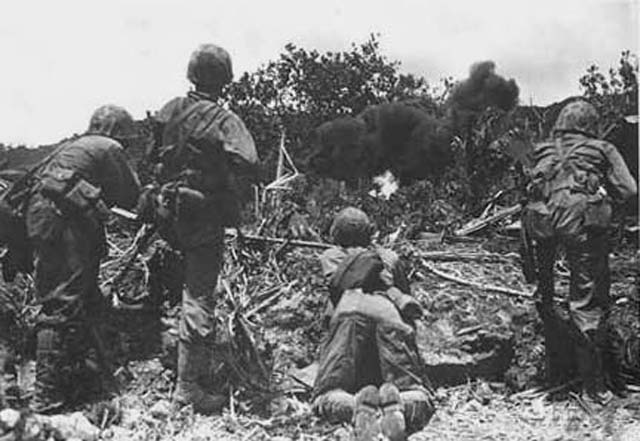 |
|
Royal Navy Beachmaster's HQ on the Beach
|
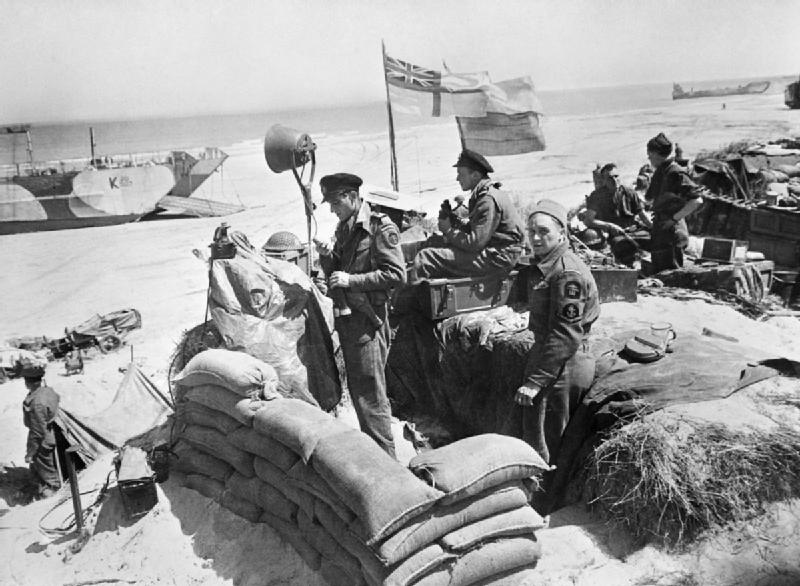 |
|
US 9th Division Marching into St. Marie du Mont
|
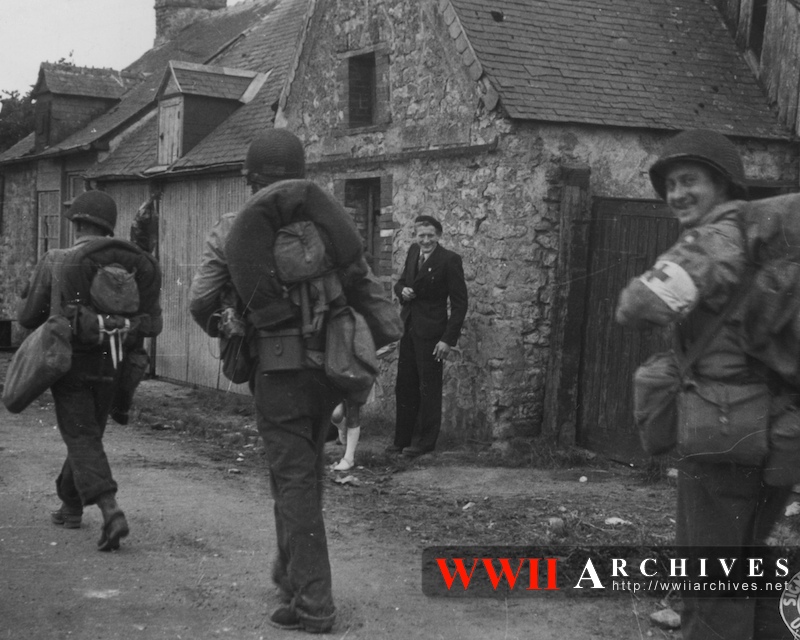 |
|
Two Panzer VI (Tiger I) Disabled
|
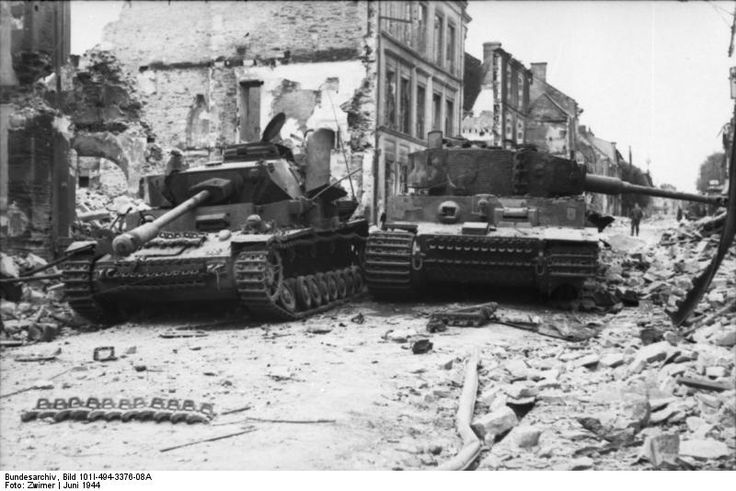 |
|
Sherman Tanks of the Royal Marines
|
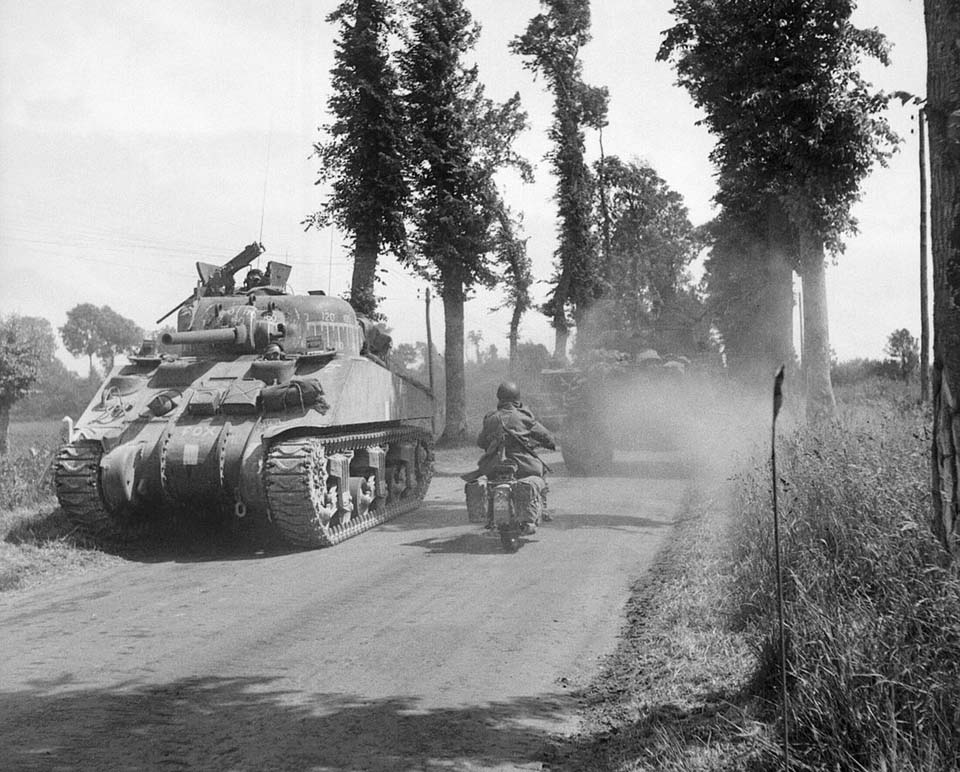 |
|
Centaur IV tank of 'H' Troop
|
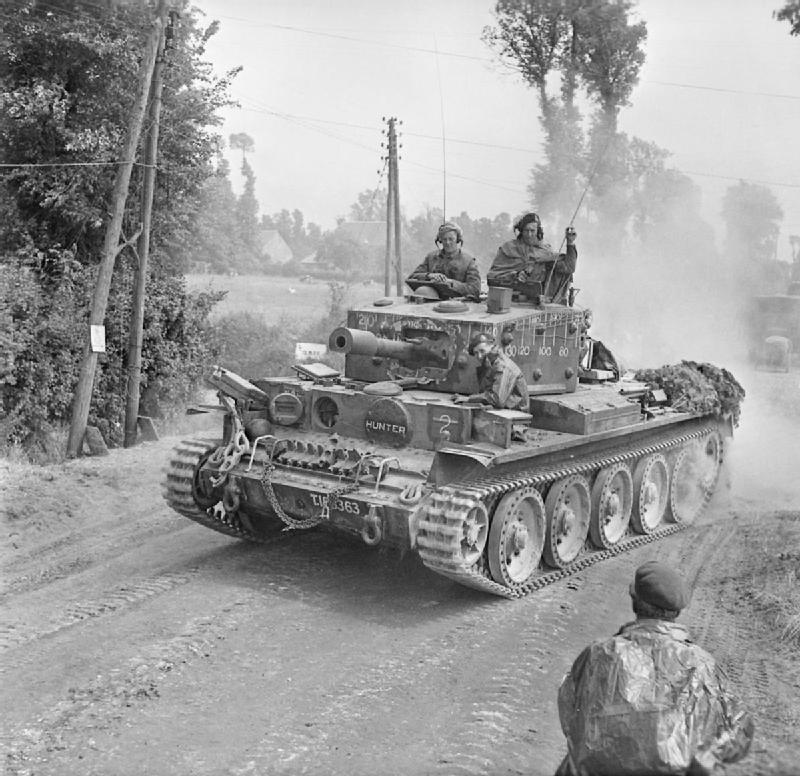 |
|
Results of the Battle of Villers-Bocage
|
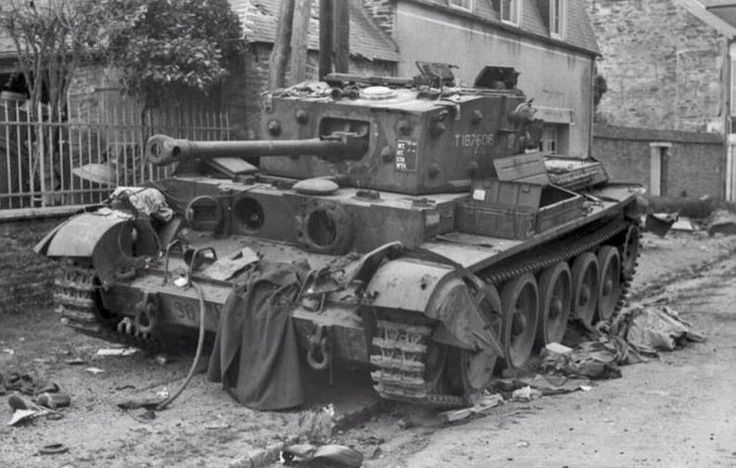 |
|
Aftermath of Battle of Villers-Bocage
|
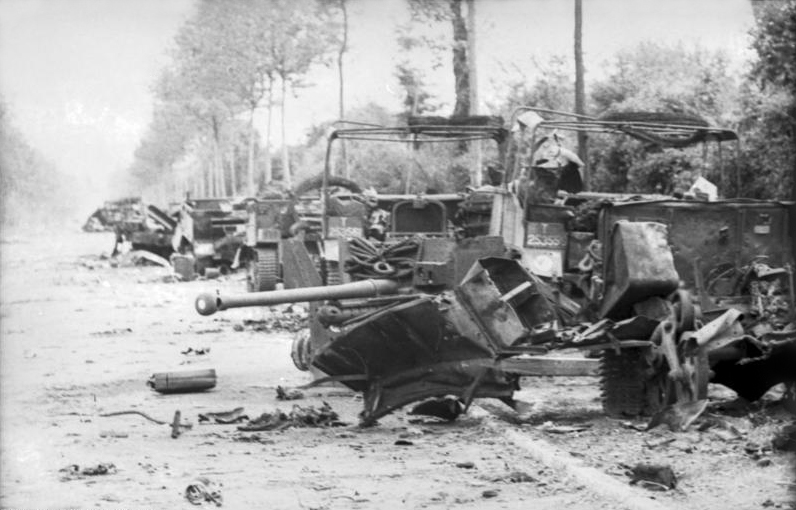 |
|
German Prisoners Being Searched
|
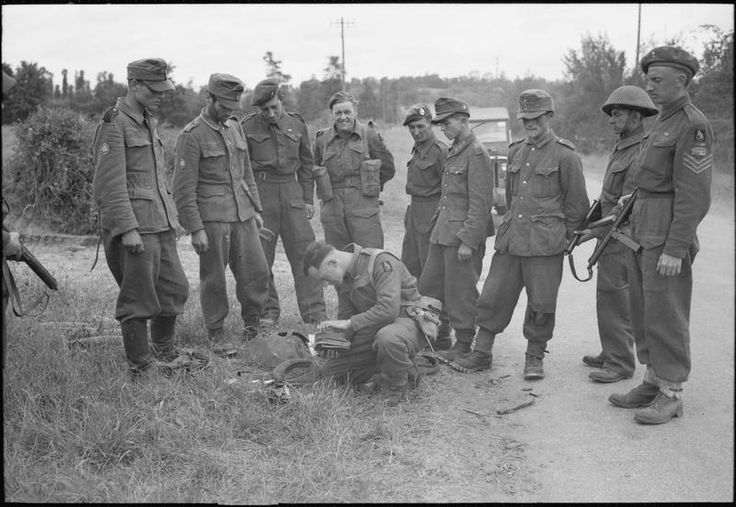 |
|
Beer Delivery
|
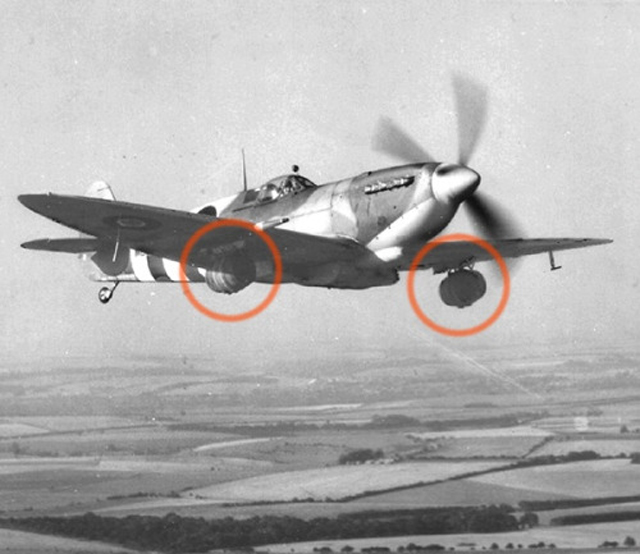 |
|
Villers Bocage, June 13, 1944
|
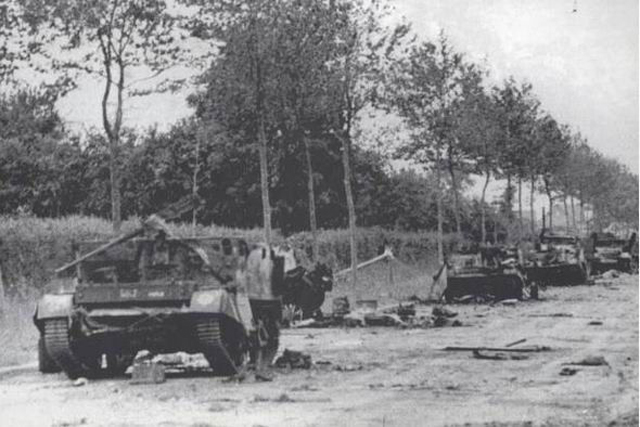 |
|
Jeep Bringing Casualties for Evacuation
|
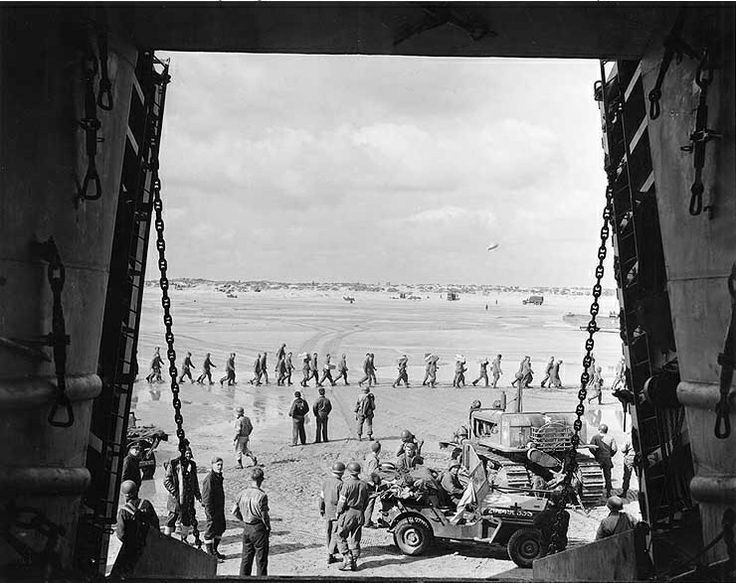 |
|
Germany Launches a V1 Flying Bomb Attack
|
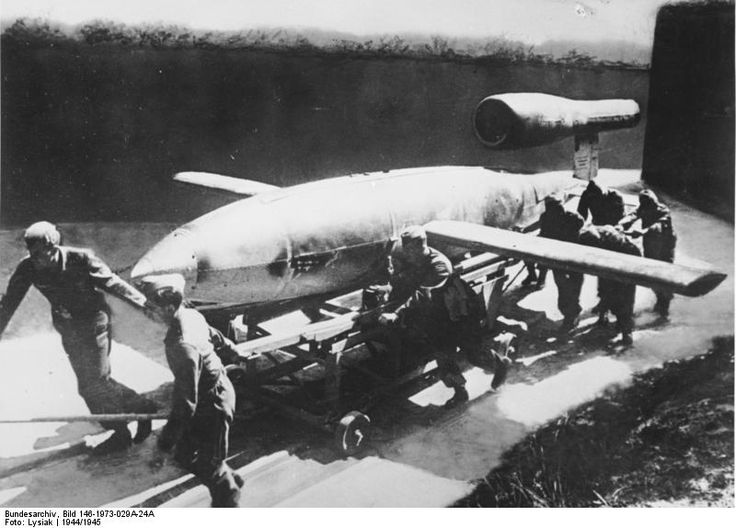 |
|
Wash and Shave in Slit Trenches
|
 |
|
British Soldiers in Audrieu
|
 |
|
French Civilians Wave Encouragement
|
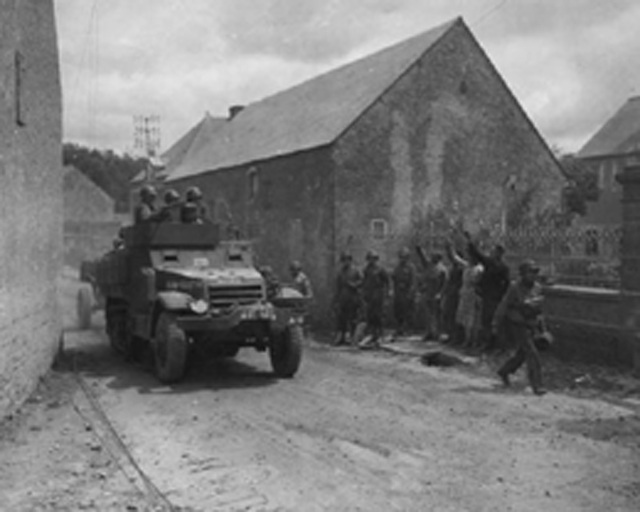 |
|
|















